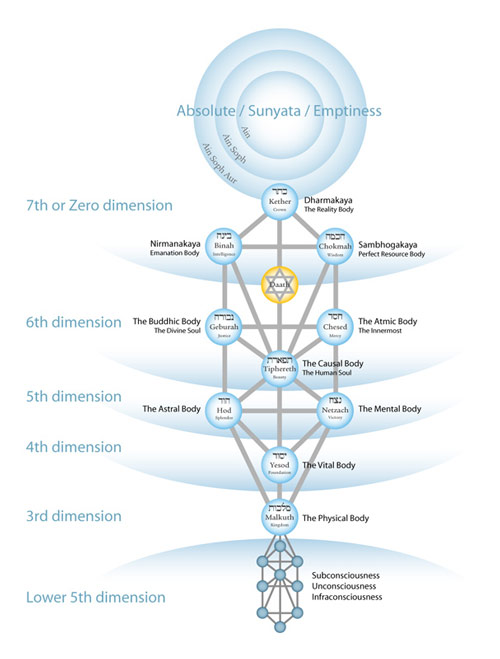The modern English term consciousness is derived primarily from the Latin word conscius, "knowing, aware."
From various dictionaries:
- The state of being conscious; knowledge of one’s own existence, condition, sensations, mental operations, acts, etc.
- Immediate knowledge or perception of the presence of any object, state, or sensation.
- An alert cognitive state in which you are aware of yourself and your situation.
- Consciousness is the foundation of perception and understanding.
Consciousness is the basis upon which we evolve or devolve. Our improvement or degeneration is marked by the state or level of our consciousness.
The more elevated or purified our level of consciousness, the more refined and penetrating our perception. That is why the purest individuals in our histories have also been the wisest and most perceptive, capable of seeing not only into the human heart, but into other dimensions. Conversely, the more degenerated or impure our consciousness, the more limited and confined is our perception. That is why the most impure individuals are also the most short-sighted, foolish, and dangerous.
In Buddhism, the most important reference to the consciousness is tanthagatagarbha, which is generally translated to mean "Buddha nature." In us, it is undeveloped, a mere seed that can be grown into its full potential: a buddha, or "awakened one." This is accomplished only by knowing precisely how to do it. This process begins and is sustained by a continual effort to utilize it in the moment, by being continually aware of oneself and everything that one does, whether internally or externally.
Consciousness is not the mind or the senses. Consciousness utilizes the mind, heart, and senses to perceive, but can perceive levels of existence that are beyond our mind (intellect), heart, and physical senses.
In Kabbalah, consciousness is related to several sephiroth on the Tree of Life, primarily Geburah and Tiphereth. These two sephiroth are superior to the intellect (Netzach), heart (Hod), vital energy (Yesod), and physical body (Malkuth). This understanding corresponds to Hinduism and Buddhism. For example, in Buddhism, the skandhas or aggregates provide a window into the workings of our psychology. Skandha (Sanskrit; Tibetan: phung po) literally means “group, pile, aggregate, heap,” and is a general term of Buddhist philosophy describing the basic faculties of a sentient being or “personality.”
There are five skandhas:
The Skandhas relate to five lower bodies or sephiroth of Kabbalah:
In each of these traditions, these are the lowest aspects of what is possible to acheive. Consciousness is the means to ascend higher. This is always accomplished by awakening and perceiving more by means of the purification of the individual.
There are five skandhas:
- Corporeality or form (rupa)
- Sensation (vedana)
- Perception (samjana)
- Mental Formations (samskara)
- Consciousness (vijnana)
The Skandhas relate to five lower bodies or sephiroth of Kabbalah:
- Physical Body (Malkuth)
- Ethereal Body (Yesod; made of four ethers and vibrating with Tattvic energy)
- Lunar Astral/Emotional Body (Hod): the body of desires
- Lunar Mental Body (Netzach)
- Essence or Consciousness (Tiphereth)
In each of these traditions, these are the lowest aspects of what is possible to acheive. Consciousness is the means to ascend higher. This is always accomplished by awakening and perceiving more by means of the purification of the individual.

"Light and consciousness are two phenomena of the same thing; to a lesser degree of consciousness, corresponds a lesser degree of light; to a greater degree of consciousness, a greater degree of light." - Samael Aun Weor, The Esoteric Treatise of Hermetic Astrology
